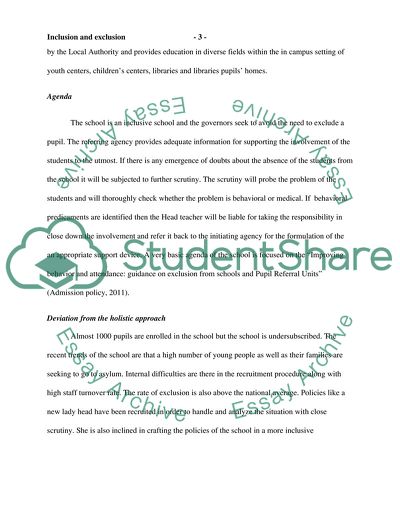Cite this document
(“Contemporary Issues in Exclusion and Inclusion with Children Research Paper”, n.d.)
Contemporary Issues in Exclusion and Inclusion with Children Research Paper. Retrieved from https://studentshare.org/education/1776238-contemporary-issues-in-exclusion-and-inclusion-with-children
Contemporary Issues in Exclusion and Inclusion with Children Research Paper. Retrieved from https://studentshare.org/education/1776238-contemporary-issues-in-exclusion-and-inclusion-with-children
(Contemporary Issues in Exclusion and Inclusion With Children Research Paper)
Contemporary Issues in Exclusion and Inclusion With Children Research Paper. https://studentshare.org/education/1776238-contemporary-issues-in-exclusion-and-inclusion-with-children.
Contemporary Issues in Exclusion and Inclusion With Children Research Paper. https://studentshare.org/education/1776238-contemporary-issues-in-exclusion-and-inclusion-with-children.
“Contemporary Issues in Exclusion and Inclusion With Children Research Paper”, n.d. https://studentshare.org/education/1776238-contemporary-issues-in-exclusion-and-inclusion-with-children.


